In the fields, there is a special monitoring device deeply rooted in the soil - the tubular soil moisture content monitoring station. It is like a "translator" proficient in soil language, not only capable of deciphering the moisture code in the soil layer, but also simultaneously sensing the soil's electrical conductivity and temperature and humidity, providing a comprehensive soil health report for precision agriculture.
The most distinctive feature of the WX-GTS3 tubular soil moisture content monitoring station lies in its three-dimensional perception capability. Unlike traditional surface measurement instruments, it is like a sensitive "probe" that is vertically inserted into the soil at different depths, capable of simultaneously capturing multi-dimensional information from the surface to the deep soil. When water flows and changes in the soil layer, the precise sensors inside the monitoring station will immediately sense this subtle change and convert the invisible soil moisture into clear data signals, as if giving the soil a "CT scan ".
These tubular monitoring stations are usually installed in representative farmland areas, and their design takes into account both practicality and environmental friendliness. The exposed parts on the ground are simple and understated, blending harmoniously with the farmland landscape. The parts buried underground work silently and do not interfere with the growth of crops. Whether it is scorching hot or drizzling, the monitoring station continuously records the "breathing rhythm" of the soil, providing a scientific basis for agricultural decision-making.
Modern tubular soil monitoring stations have achieved a leap from "data collection" to "intelligent analysis". Through wireless transmission technology, monitoring data can be transmitted in real time to farmers' mobile phones or computers. When the soil moisture content is lower than the demand of the crops, the system will automatically remind for irrigation. When abnormal electrical conductivity indicates a possible risk of salinization, it will issue a timely warning. This intelligent service has enabled agricultural production to break away from the traditional model of "watering by experience".
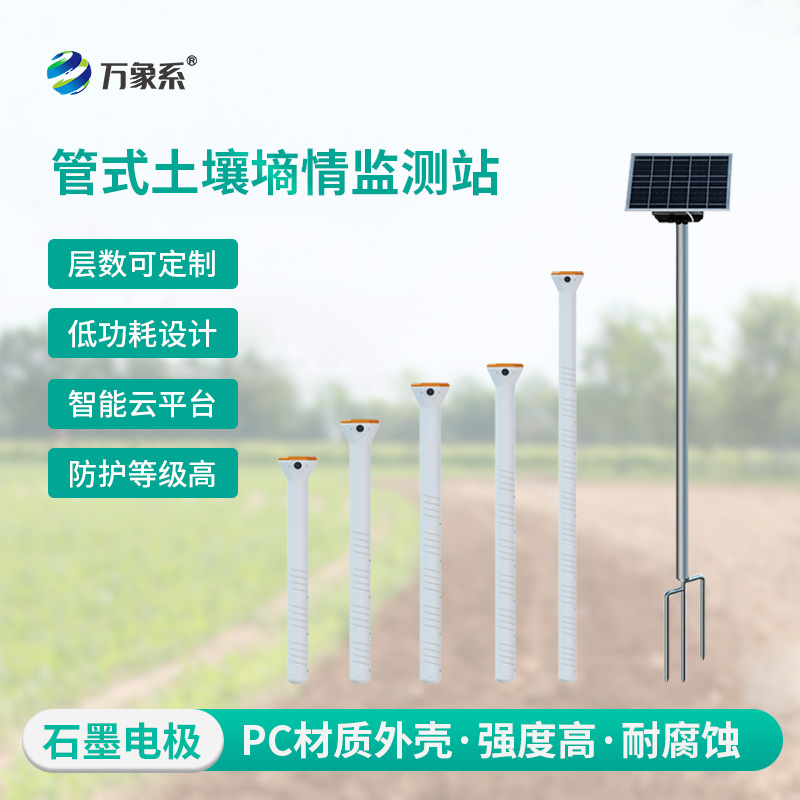
Article address:
http://www.qxhjjc.com/en/newcen/1717.html

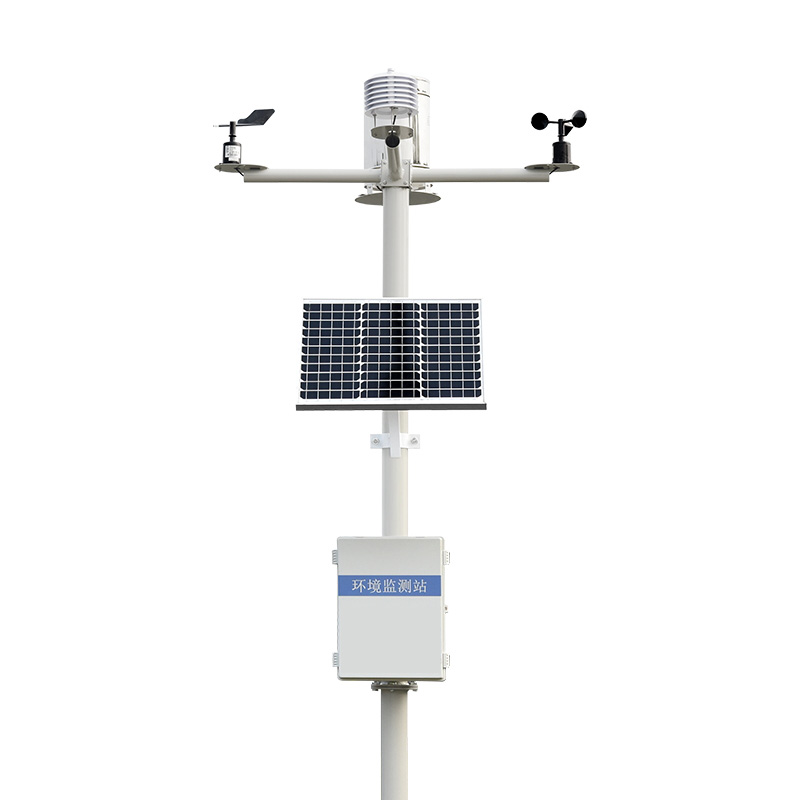
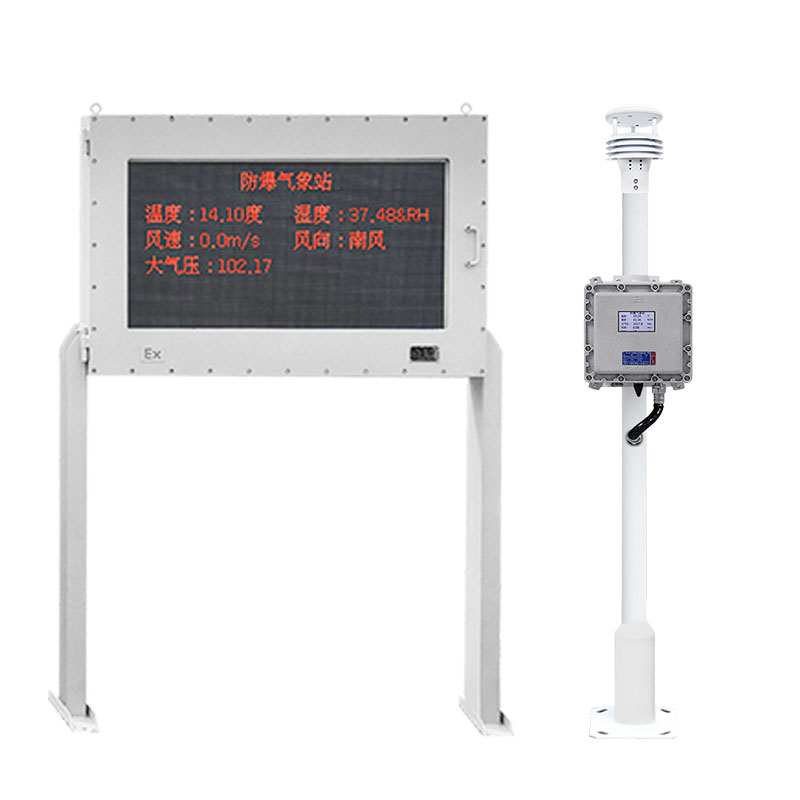
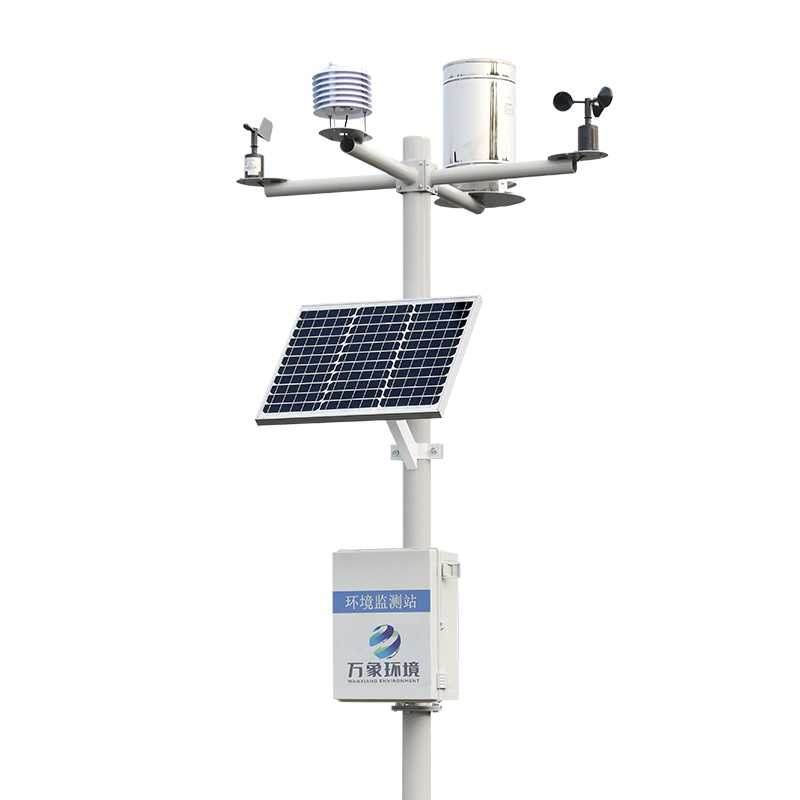
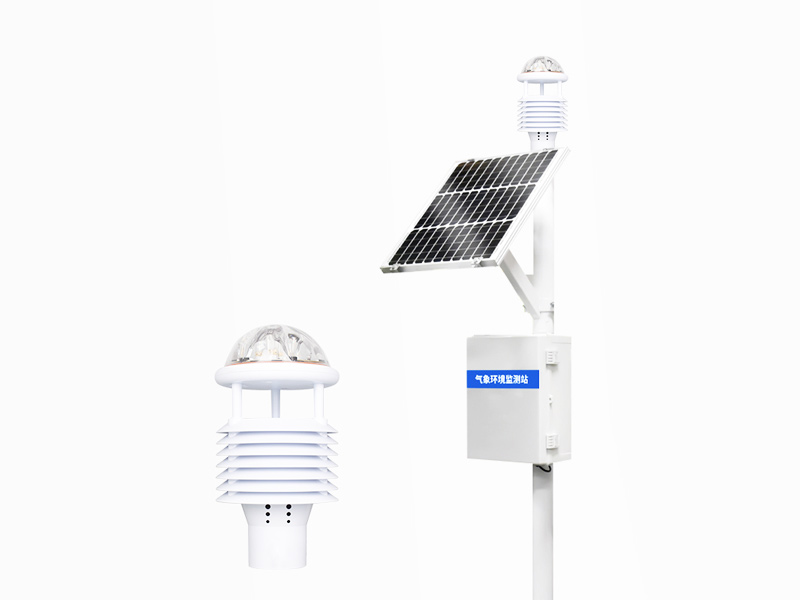
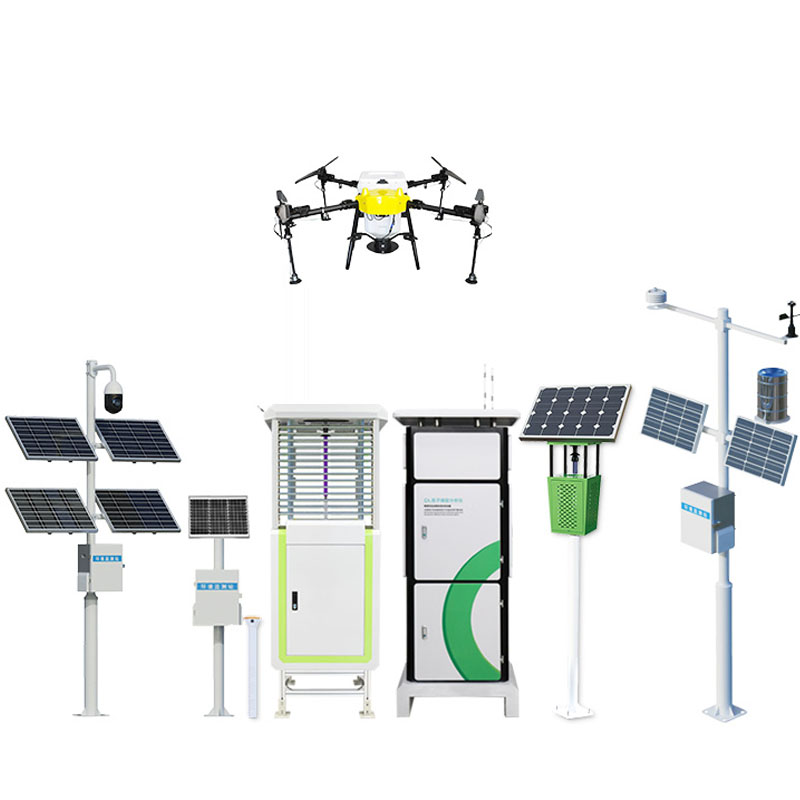

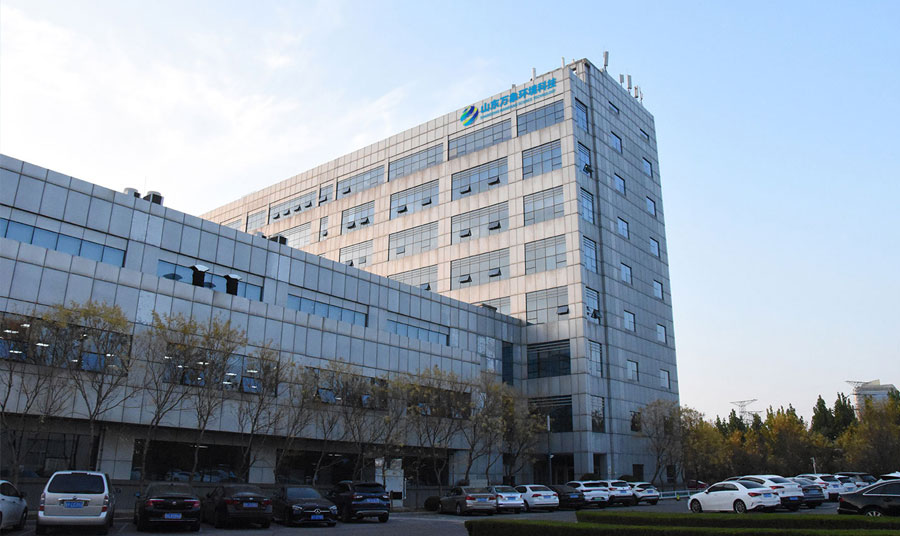
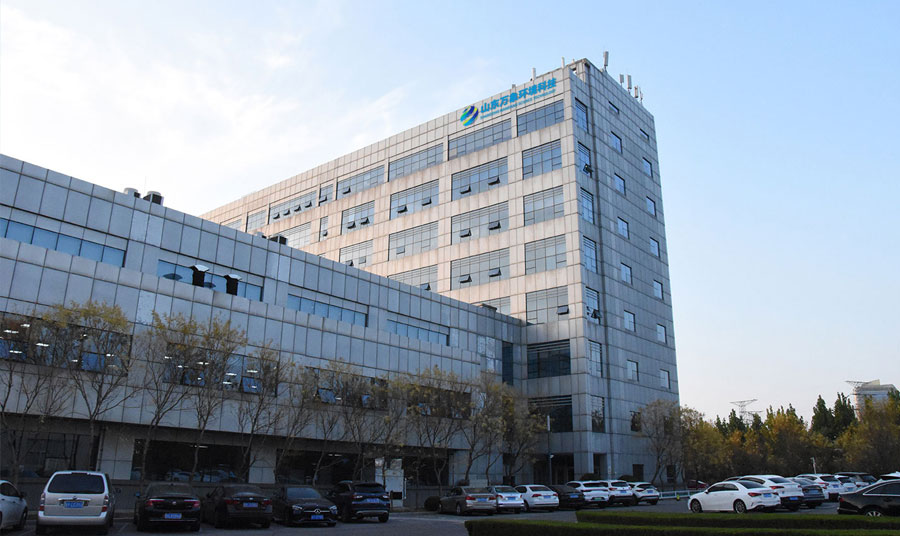



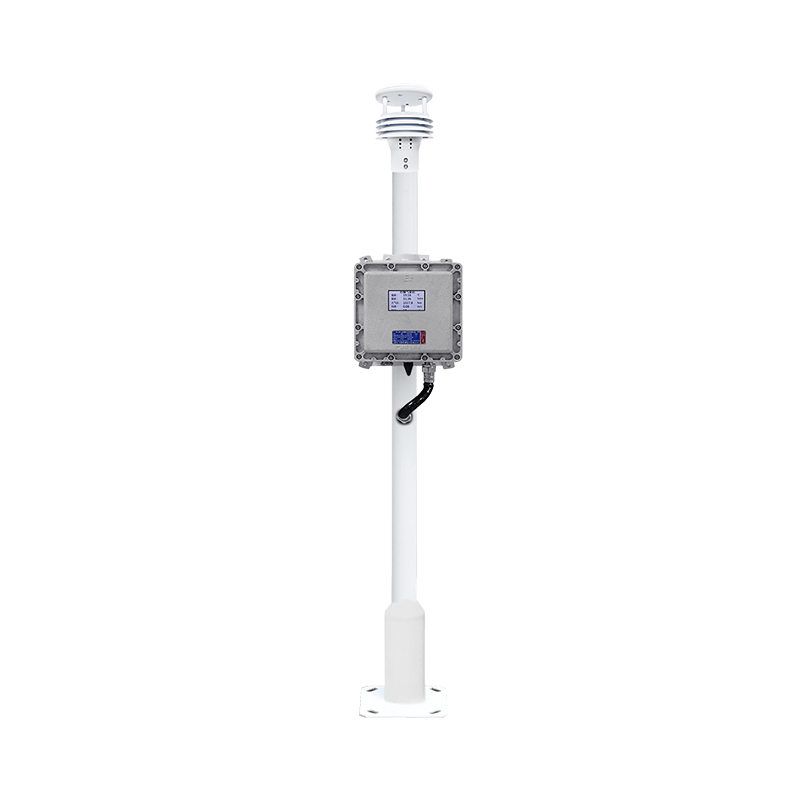
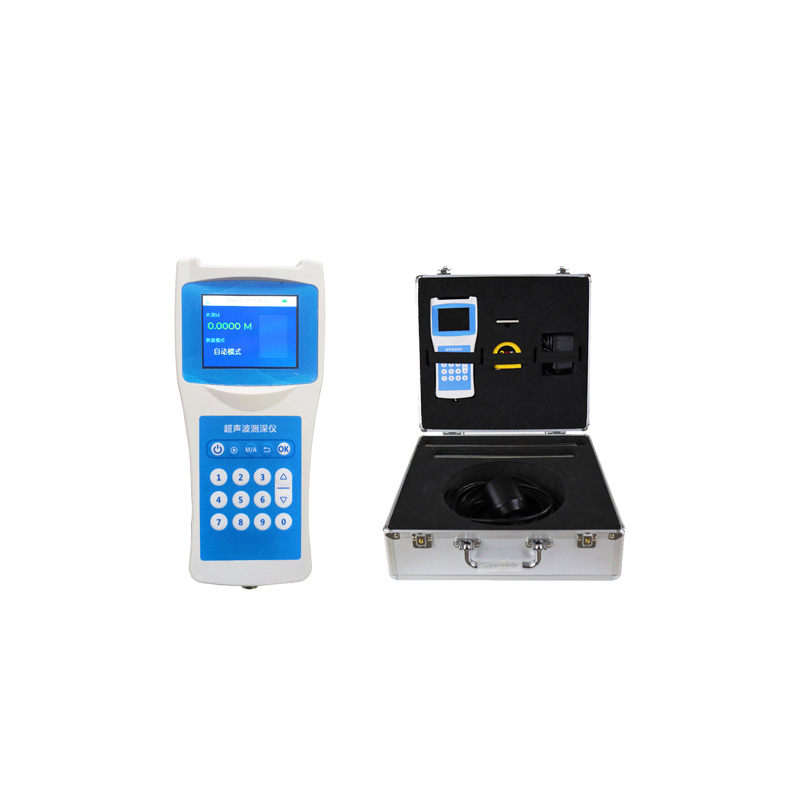
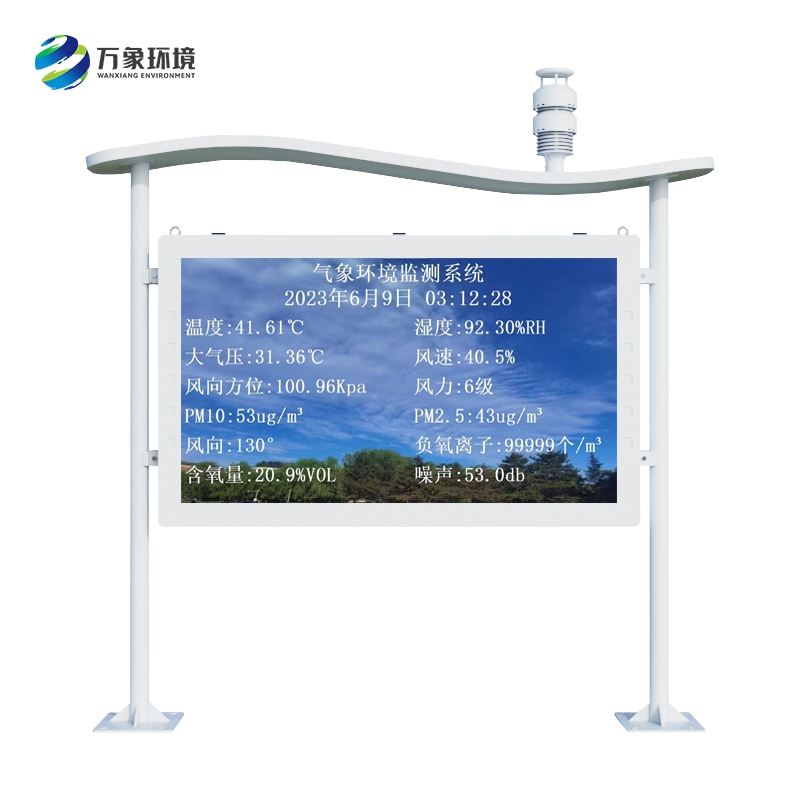
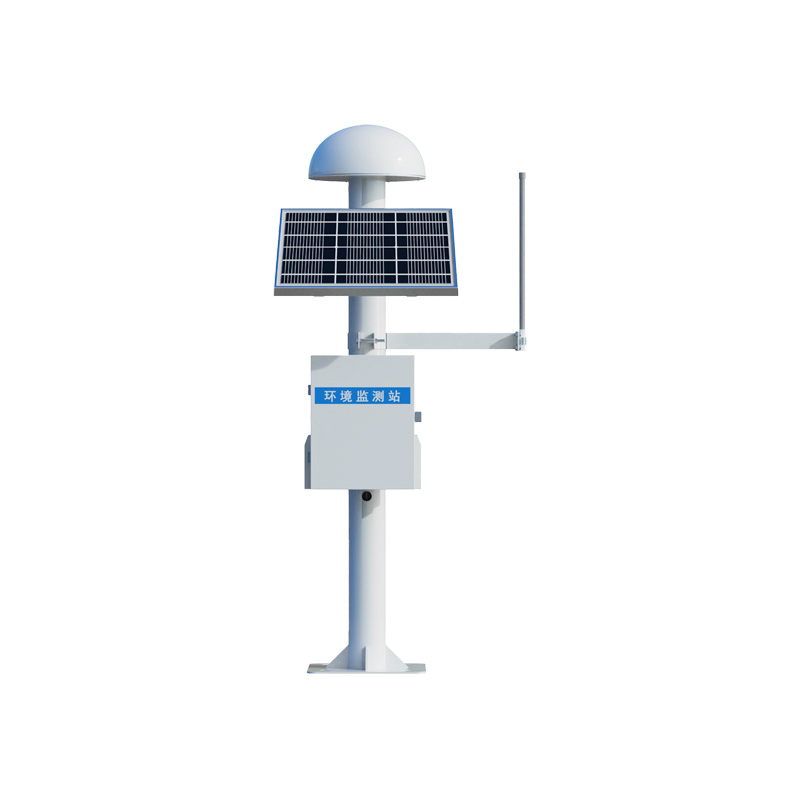


 Home
Home phone
phone Product Overview
Product Overview Contact Us
Contact Us